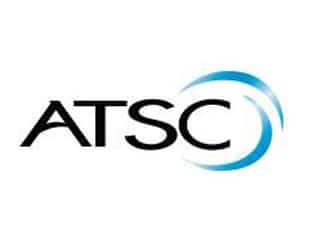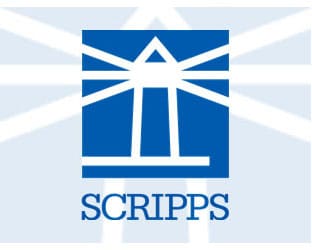Who knew that broadcast TV’s future could involve freeway traffic and entertaining vehicular occupants while speeding along on a city street?
The Advanced Television Systems Committee (ATSC) has been exploring automotive use cases for the ATSC 3.0 standard, applications that include robust broadcast updates for telematics and navigation, sensors for autonomous vehicles, and in-car infotainment systems.
That’s the exciting new promise for television broadcasting companies found in a new ATSC planning team report.
“Next-generation broadcasting powered by ATSC 3.0 paves the way for a broad range of automotive applications that will leverage the standard’s Internet Protocol backbone, robust mobile reception and one-to-many architecture for data and video services,” said ATSC President Madeleine Noland.
ATSC disclosed its automotive efforts in the just-published summary of a planning team update report presented last month to the ATSC Board of Directors. While ATSC 3.0 may be best known as a television standard, it also enables a multitude of new applications of interest to leading automakers.
Planning Team 5 Chairman Dr. Jong Kim, Senior VP of LG Electronics and President of Zenith R&D Lab, says the ATSC has been working with automotive OEMs and fleet owners to define and explore key vehicular use cases. They include data delivery for infotainment, software/firmware updates and advanced emergency information, as well as network redundancy and resiliency for rural coverage, indoor garage penetration and available throughput when other networks experience congestion.
More study is needed on other applications such as using the high power high tower broadcast infrastructure to augment or replace GPS or deliver precision time data, he adds.
Other ATSC 3.0 use cases related to intelligent transportation systems were identified, including software and firmware updates for “smart” road equipment and sensors; maps, telematics and emergency information for freight; and emergency information for first-responder vehicles, as outlined in the report.
The report also highlights various ATSC 3.0 automotive activities over the past year. Among them: ATSC co-hosted with Pearl TV and The E.W. Scripps Co.-owned WXYZ-7 in Detroit a workshop in the Motor City where presentations for members of the Intelligent Transportation Systems of America were delivered.
The planning team has “achieved our initial goal to introduce ATSC 3.0’s capabilities, especially mobile video and data delivery using the television broadcast transmission infrastructure, to major automakers and rental car fleets,” said Dr. Kim.
Efforts are now under way to reschedule ATSC 3.0 field trials with leading automakers originally planned for spring 2020 but postponed due to the coronavirus pandemic, he added.





